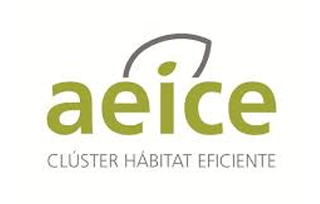Platform 4.0 project uses BIM technology for teal-time building management, enhancing energy efficiency and carbon footprint simulation. Learn about its goals and benefits.
Feasibility study of a 4.0 Platform, based on BIM, for the study and simulation of the behaviour of a building
National Project
The main objective of the platform is to analyze the technical feasibility of designing and developing a “Real Time Building Manager” based on specific information of a particular building contained in its BIM (Building Information Modelling) file.
To meet this challenge, a demonstrator will be developed to quantify the resources required for its implementation.
The demonstrator will use the descriptive and technical data of a building, contained in its BIM file. This will provide information on its energy efficiency and consumption and its carbon footprint. This will be based on the building use scenarios and climate conditions.
This first exercise will allow us to see how to approach the development of a viable ICT tool. In addition, it will allow us to precisely define the objectives to develop the final “Real Time Building Manager.
Other more specific objectives of the project are:
- Prepare a proposal for an R+D+I project, which will allow access to financing programs to design, develop, validate and implement the “Real Time Building Manager”.
- Development of a software that allows to simulate the energy efficiency of a building and its carbon footprint:
- Design of the building, which will allow the results of the simulation to be taken into account to design more efficient buildings.
- Construction, which will allow greater control over the failures or pathologies framed in the execution of the construction work.
- Use of the building, which will make it possible to identify inefficiencies in energy consumption, by comparing simulation data with real-time monitoring data, and to propose improvements with a view to refurbishing the building.
- To establish a tool that allows, in a simple way, to provide useful information from the data of the BIM files.
- To provide tools to the ECCN to evaluate its efficiency and improve it, in the different stages of its life cycle.
- To give competences to the AEICE members who need them in the use of BIM models.
- To provide BIM-based software for the study and simulation of the energy efficiency and carbon footprint of a building.
Duration: 9 months 2017-2018
Project partners






